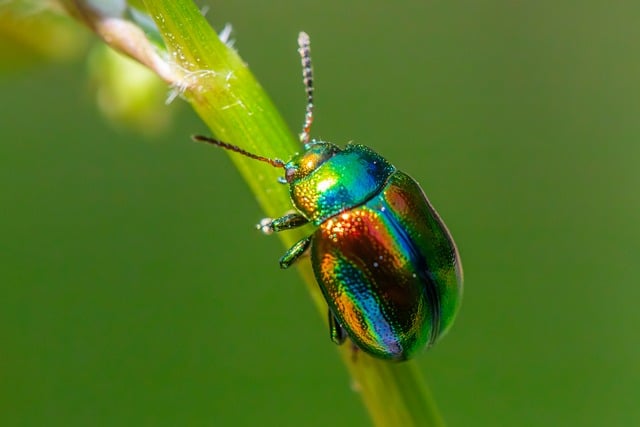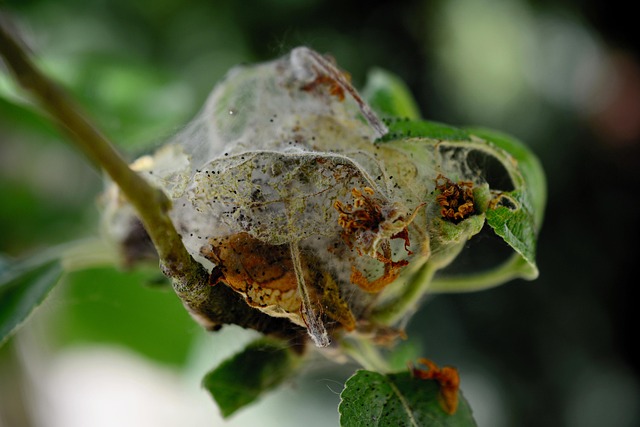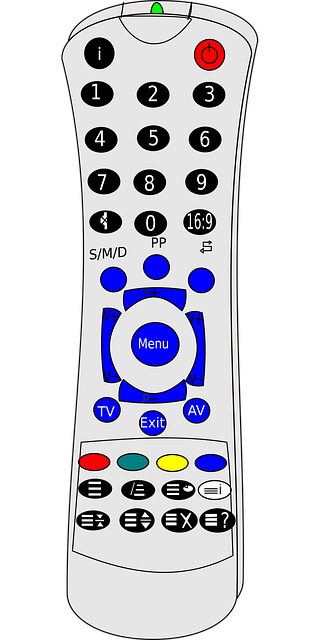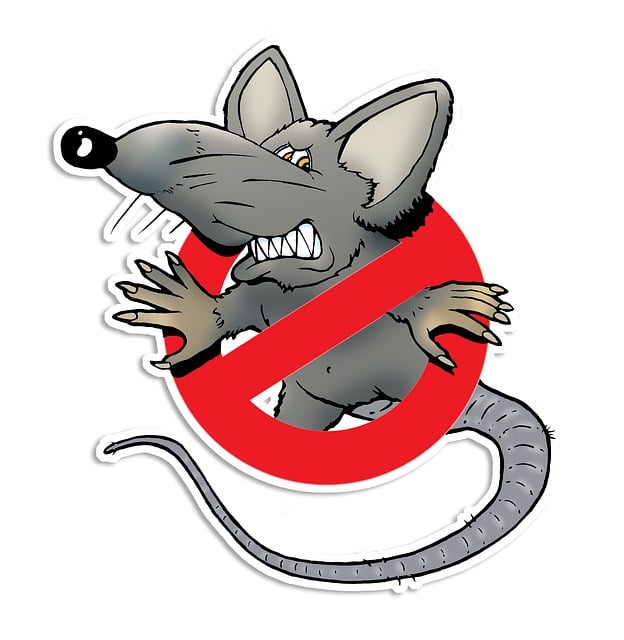Aurora's raccoon population thrives in urban environments due to abundant human settlements and intelligent problem-solving skills. Effective safe pest control for schools and public spaces involves non-toxic exclusion strategies like sealing entry points, wire mesh, scent repellents, and strategic planning to prevent raccoon access, maintaining clean, healthy environments and promoting community safety while avoiding traditional, harmful methods.
In urban areas like Aurora, raccoon interactions have become a common concern, especially in schools and public spaces. This article explores effective and humane strategies for raccoon exclusion, focusing on safe pest control methods tailored to these environments. By understanding raccoon behavior, we can implement non-toxic solutions, ensuring both public safety and the well-being of these creatures. Discover practical approaches to manage raccoon populations, particularly in educational institutions and communal areas, while adhering to ethical guidelines for Aurora residents.
- Understanding Raccoon Behavior in Urban Environments
- Implementing Non-Toxic Exclusion Strategies for Schools
- Public Space Safety: Effective yet Humane Raccoon Management
Understanding Raccoon Behavior in Urban Environments

Raccoons, with their adaptable nature, have made urban environments their playground, especially in areas like Aurora where human settlements are abundant. Understanding their behavior is crucial for effective pest control strategies in schools and public spaces. These creatures are known for their intelligence and problem-solving skills, often finding creative ways to access food sources. In urban settings, raccoons frequently visit parks, gardens, and even rooftops of buildings in search of food, especially during the warmer months when they prepare for hibernation.
Their behavior patterns vary according to time of day; they are mostly nocturnal, preferring the quiet hours to forage for food and navigate through urban landscapes. Exclusion plans should consider these habits, focusing on sealing entry points, especially around rooftops, gutters, and vents during peak raccoon activity periods. Implementing safe pest control measures tailored to these behaviors ensures a harmonious coexistence between residents and wildlife while maintaining clean and secure spaces for schools and public areas in Aurora.
Implementing Non-Toxic Exclusion Strategies for Schools

In the context of safe pest control for schools and public spaces in Aurora, implementing non-toxic exclusion strategies is paramount to ensuring a secure environment for students and visitors. These strategies focus on preventing raccoons from accessing buildings by eliminating entry points and employing physical barriers rather than chemical pesticides. By adopting such methods, schools can maintain a clean and healthy space while mitigating potential risks associated with toxic substances.
Aurora’s commitment to eco-friendly pest management aligns with the growing trend towards non-toxic solutions in public institutions. Effective exclusion tactics include sealing gaps around windows and doors, installing wire mesh, and using scent repellents that are harmless to humans and animals. These measures not only curb raccoon infestations but also promote a sense of safety and peace of mind for the entire community.
Public Space Safety: Effective yet Humane Raccoon Management

Raccoons, while adorable from a distance, can pose significant risks to public spaces, especially in urban areas like Aurora. When it comes to managing raccoon populations, safety is paramount, particularly when considering the well-being of students and community members in schools and public spaces. Traditional pest control methods may raise concerns due to potential harm to both wildlife and humans. Therefore, a shift towards humane and effective raccoon exclusion plans is essential for maintaining safe environments.
In Aurora, implementing safe pest control measures involves strategic planning and the use of non-lethal techniques. This includes identifying and sealing off entry points into buildings, securing trash cans with tight-fitting lids, and employing deterrents such as motion-activated lighting or scent repellents. By adopting these humane methods, Aurora can effectively manage raccoon populations without causing harm, ensuring a peaceful coexistence for both residents and these mischievous creatures.
In urban areas like Aurora, safe pest control for schools and public spaces is essential to maintain a harmonious coexistence with raccoons. By understanding their behavior and implementing non-toxic exclusion strategies, we can ensure human and animal safety while preserving the balance of local ecosystems. These humane methods, as highlighted in this article, offer effective solutions for managing raccoon populations, making our communities more welcoming and secure for both residents and wildlife.
